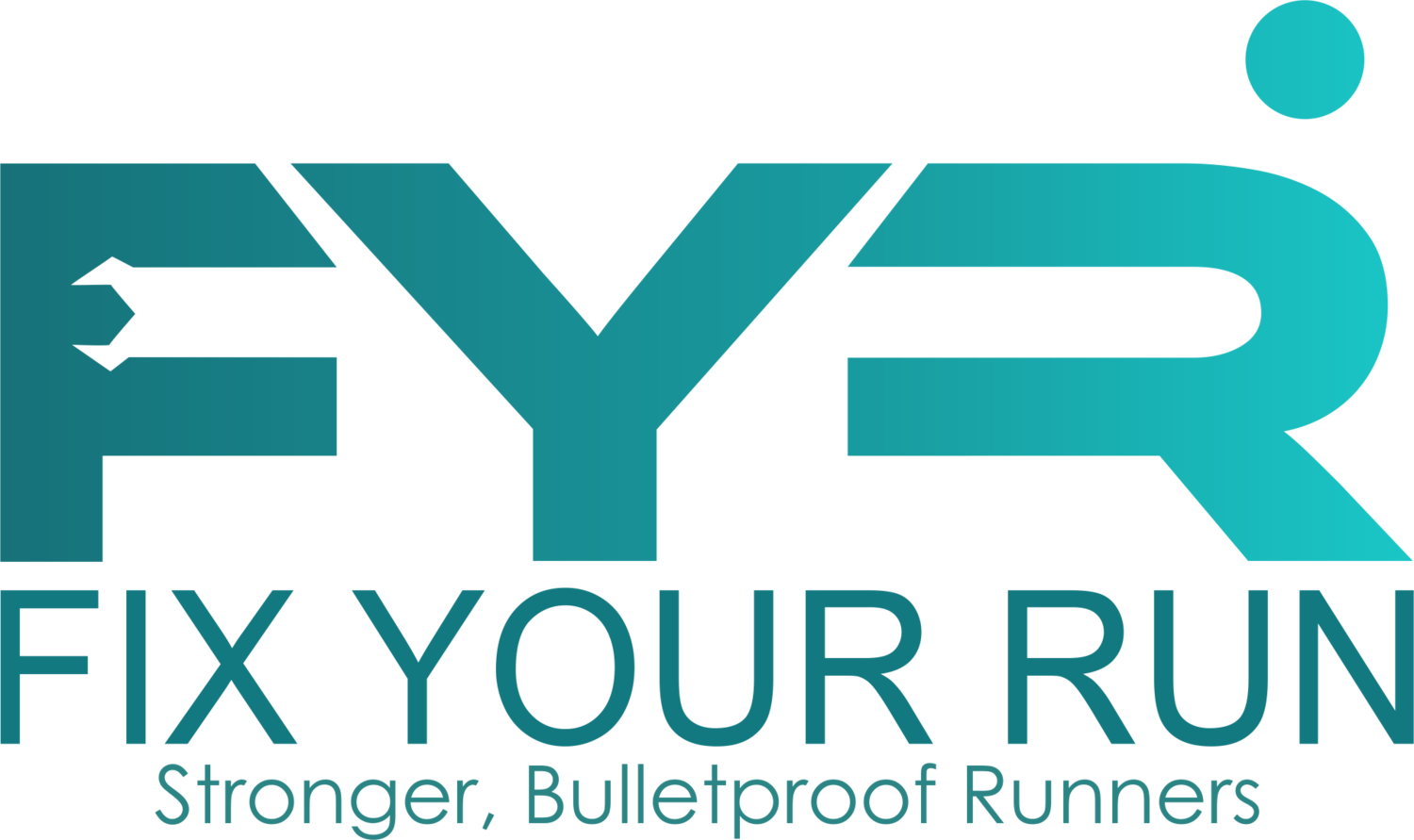Quick Post: Nike NFL Pro Training Camp
I recently came across a video put out by Nike which shows top coaches using the Functional Movement Screen to assess some NFL players readiness for training. If it's good enough for the pros, it should be good enough for you, right?
Running Is Farming
The process of exercising is much like farming or like planting a lawn. There are no immediate results from exercise and there are no immediate results from farming.
Case Study – Knee Pain and The Over-Strider
This week I want to simply acknowledge the success one of my clients. Back in early March a VERY frustrated guy came in for an assessment session. He'd always been a good athlete – a successful bodybuilder, even - and had switched to endurance training recently. The transformation from bulky bodybuilder to lean aerobic machine was complete. Except for one thing. Persistent knee pain. Could we get him back in the game?
Is Barefoot Running Right For You?
Since the topic of barefoot running is so broad, I'm going to focus on how I determine if someone needs a major form overhaul.
How to Approach Summer Run Training
This time of year has made me cringe for the last several years. The heat and humidity in the Philly area can be stifling and training for long distance races is uncomfortable and potentially dangerous. Is there any way to put a positive spin on the situation?
Cramps Are SO Annoying! How Do I Prevent Them?
There's nothing worse than running along, enjoying a gift of a beautiful day, when suddenly a cramp (or “side stitch”) develops in your abdomen. Ouch! Here's how to fix it.
Is Your Running Form The Cause of Your Pain?
We'll talk about training mistakes like increasing mileage too quickly or adding too much hills or speed in an upcoming post, but this week I'd like to focus on the biomechanical aspect of running. If you haven't changed anything in your training for the last 6-8 weeks, perhaps we need to examine the way you move.
Where Do I Go From Here?
After you've celebrated your accomplishment of running a big race one of two things happens. You're either ready to turn your attention elsewhere and focus on some other aspect of life or you're more motivated than ever and want to sign up for another race. So what's the next step for you?
What Did You Learn From Your Race?
After each race it is wise to consider what went right and what went wrong. There is immense value in learning from your experiences and as long as you apply what you learn [to your next race], you should perform even better next time. Would you do anything differently knowing what you know now?
11 Tips For An Amazing Broad Street Run Experience
This week I'm going to offer some thoughts and insider tips regarding the Broad Street Run. From planning your morning to pacing yourself to recovering intelligently, its all here. Check it out!
How To Eat Before a Race
It can be nerve wracking, those last few days before a big race. What should I eat? What should I drink? Should I rest? Should I run? Short and fast? Long and easy? Do I need more sleep than usual? And what about breakfast on the day of the race??
Are You Who You Say You Are?
A couple of weeks ago I wrote about the little ugly truth no one talks about when they sign up for a marathon – you must live the marathon lifestyle. You can't fake it. This post goes deeper and I explain the mindset you need to have to be successful.
Respect This Or Pay The Price
Perhaps by continuing to train with devices wrapped around your knees you will get better on your own, but we both know that's not gonna happen. Training with braces, wraps, tape, etc is simply training in denial...
Got Endurance?
This post is for the runner who is genuinely concerned about not only getting to the finish line, but getting to the starting line. You've got 6 weeks and you need to triple your endurance WITHOUT getting hurt. Let's get to it!

